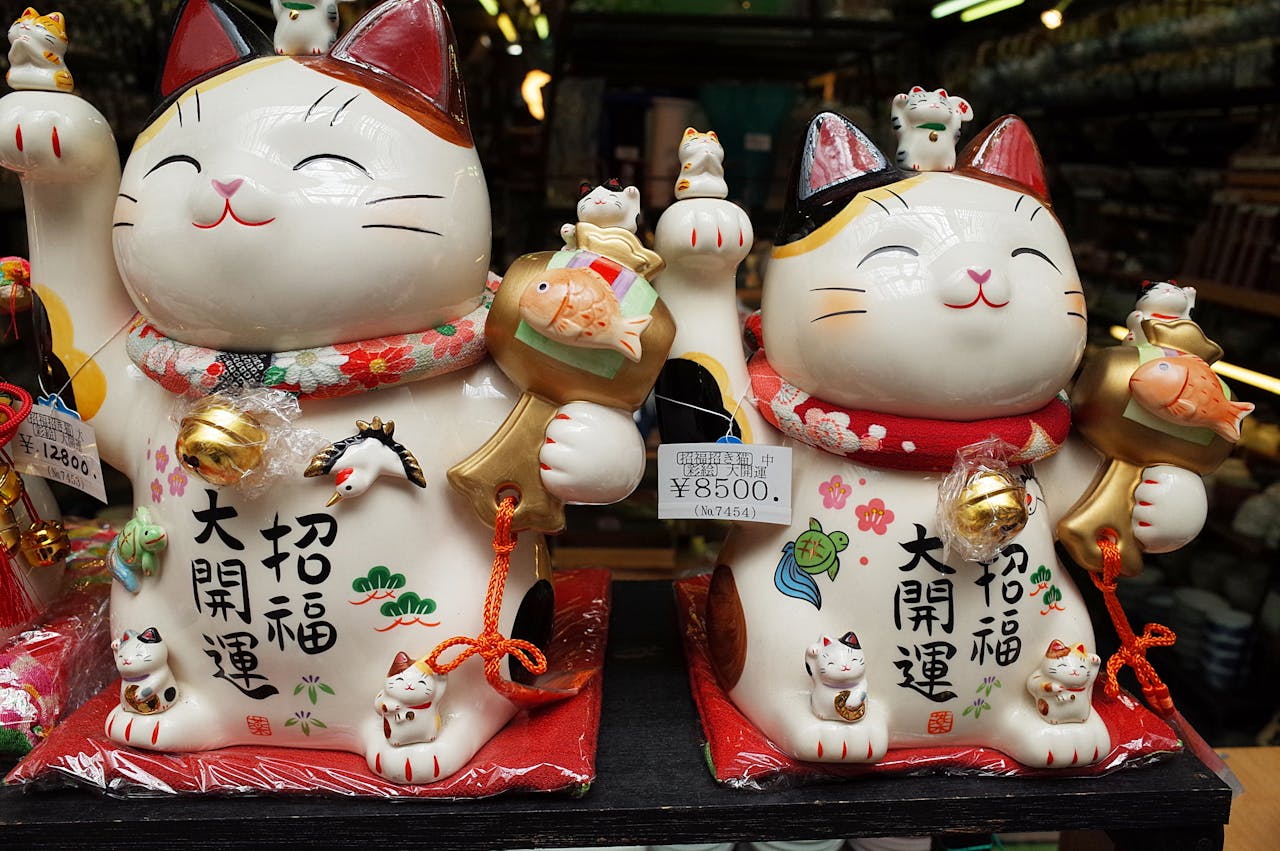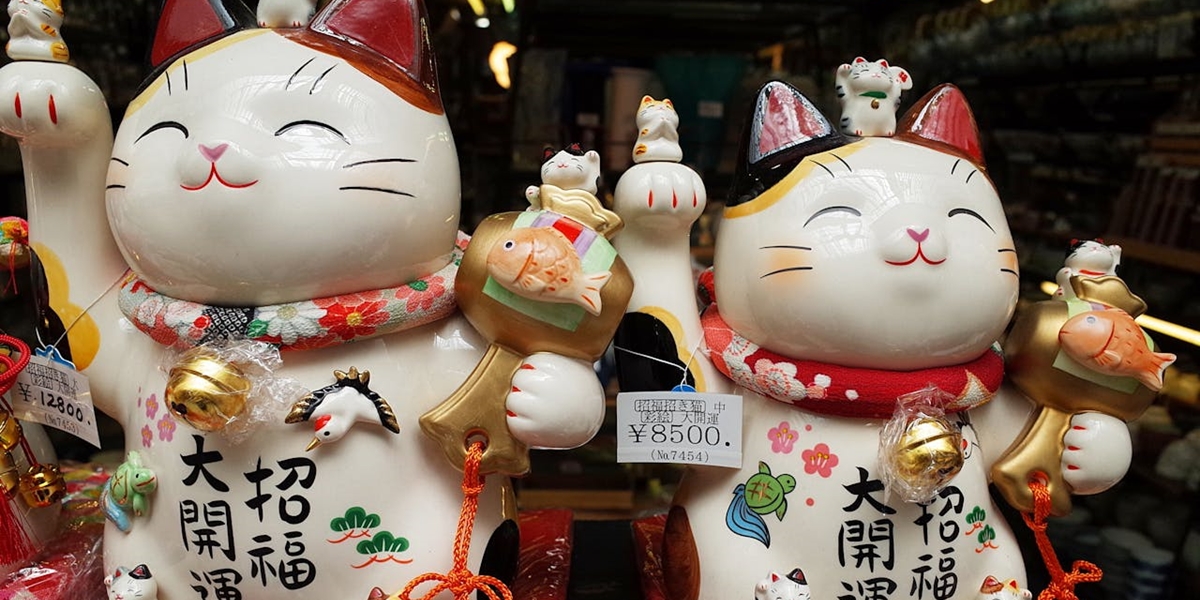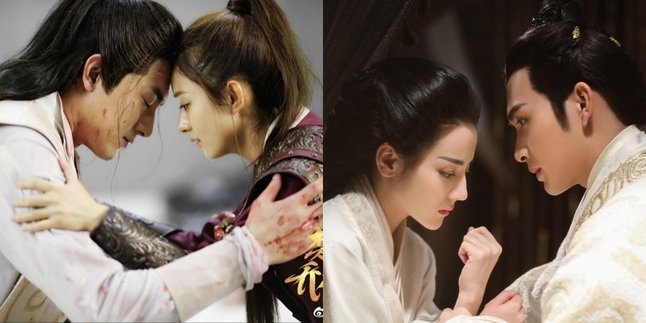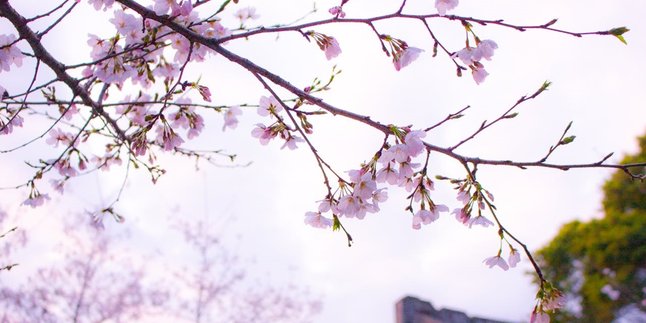Kapanlagi.com - The term 'kucing' in Japanese has profound meanings in Japanese culture. From everyday life to traditional beliefs, cats have become an important symbol for the Japanese society.
In this article, Kapanlagi will provide various terms for 'kucing' in Japanese. Also, how cats have become a tradition and a modern trend that reflects the richness of Japanese culture and uniqueness.
Let's explore the explanation of the term 'kucing' in Japanese, complete with meanings and sentence examples. Let's check it out, KLovers.
1. The Term 'Cat' in Japanese

Illustration (credit: pexels.com)
The term for 'cat' in Japanese is called "neko". This word is a common term used to refer to cats in Japanese. In addition to the term 'neko', there are also other terms for cats in Japanese. For example, a kitten is called "koneko".
Then there is the term for a mother cat in Japanese, which is called "neko no haha", which literally means female cat. And a male cat in Japanese is called "osu no neko". The word "osu" means male and "neko" means cat. So, literally, "osu no neko" means male cat.
Cats (neko) are popular pets in Japan, as in many other cultures. They are considered cute and adorable animals, often cats become an important part of daily life and popular culture in Japan.
Cats also often appear in various forms of art, folklore, anime, manga, and various aspects of Japanese life. In Japan, there are many cat cafes and products that depict the significant presence of these animals in Japanese society.
2. Meaning of Cats in Japanese Culture

Illustration (credit: pexels.com)
As explained earlier, the presence of cats is important in Japanese culture, cats have various meanings and symbolism. Overall, cats have a special place in Japanese culture, appearing in various aspects of daily life, art, and spiritual beliefs, such as:
1. Luck: Cats are often considered a symbol of luck in Japan. Cats with special features such as forked tails or black and white colors are believed to bring luck and prosperity to their owners.
2. Protection: In the past, cats were considered as protectors against evil spirits and disasters. Legends about cats as guardians of temples or houses are also part of the community's beliefs.
3. Prosperity: Cats are also regarded as symbols of prosperity and wealth. There is a belief that seeing cats wandering around the house or place of business brings financial blessings.
4. Elegance and Beauty: Cats are considered graceful and beautiful animals, and this is reflected in Japanese art, literature, and popular culture. Cats are often depicted in paintings, carvings, and traditional Japanese designs as symbols of beauty.
5. Characteristics: Cats are also often associated with traits such as intelligence, calmness, and keenness. In some Japanese folktales, cats can even speak or possess magical powers.
3. Example Sentences Using the Word Cat

Illustration (credit: pexels.com)
After learning the term for cat in Japanese and its meaning in the culture, here are some example sentences. The following are several sentences that demonstrate the various uses of the word in everyday conversation:
1. Cat
"Kono ie ni wa, kawaii neko ga imasu." (In this house, there is a cute cat.)
2. Kitten
"Kanojo wa atarashii koneko o kai hajimemashita." (She started raising a new kitten.)
3. Female cat
"Genkan no soto de, koneko to sono bonyan ga asonde imasu." (Outside the front door, the kitten and its mother are playing.)
4. Male cat
"Kono chiiki dewa, noraneko no naka ni wa ooku no osu no neko ga imasu." (In this area, there are many male cats among the stray cats.)
4. List of Animal Names in Japanese

Illustration (credit: pexels.com)
Not only cats, in this article KLovers can also find out the list of animal names in Japanese. Here is a list of animal names other than cats in Japanese along with their meanings:
1. Dog (Inu)
2. Bird (Tori)
3. Horse (Uma)
4. Goat (Yangi)
5. Cow (Ushi)
6. Rabbit (Usagi)
7. Chicken (Niwatori)
8. Monkey (Saru)
9. Fish (Sakana)
10. Crocodile (Wani)
11. Elephant (Zou)
12. Lion (Raion)
13. Tiger (Tora)
14. Giraffe (Kirin)
15. Bear (Kuma)
16. Giraffe (Kirin)
17. Rhino (Sai)
18. Snake (Hebi)
19. Crocodile (Wani)
20. Owl (Fukurou)
21. Deer (Shika)
22. Snake (Mamushi)
23. Bat (Koumori)
24. Fox (Kitsune)
25. Squirrel (Risu)
26. Horse (Uma)
27. Dog (Inu)
28. Goat (Yagi)
29. Cow (Ushi)
30. Elephant (Zou)
31. Tiger (Tora)
32. Lion (Raion)
33. Bear (Kuma)
34. Frog (Kaeru)
35. Toad (Hikigaeru)
36. Chicken (Niwa Tori)
37. Duck (Ahiru)
38. Eagle (Taka)
39. Eel (Unagi)
40. Python (Orochi)
Those are the terms for cats in Japanese that you can know. Thus, the use of cat terms in Japanese enriches our understanding of their unique culture.
(kpl/dhm)
Disclaimer: This translation from Bahasa Indonesia to English has been generated by Artificial Intelligence.
















